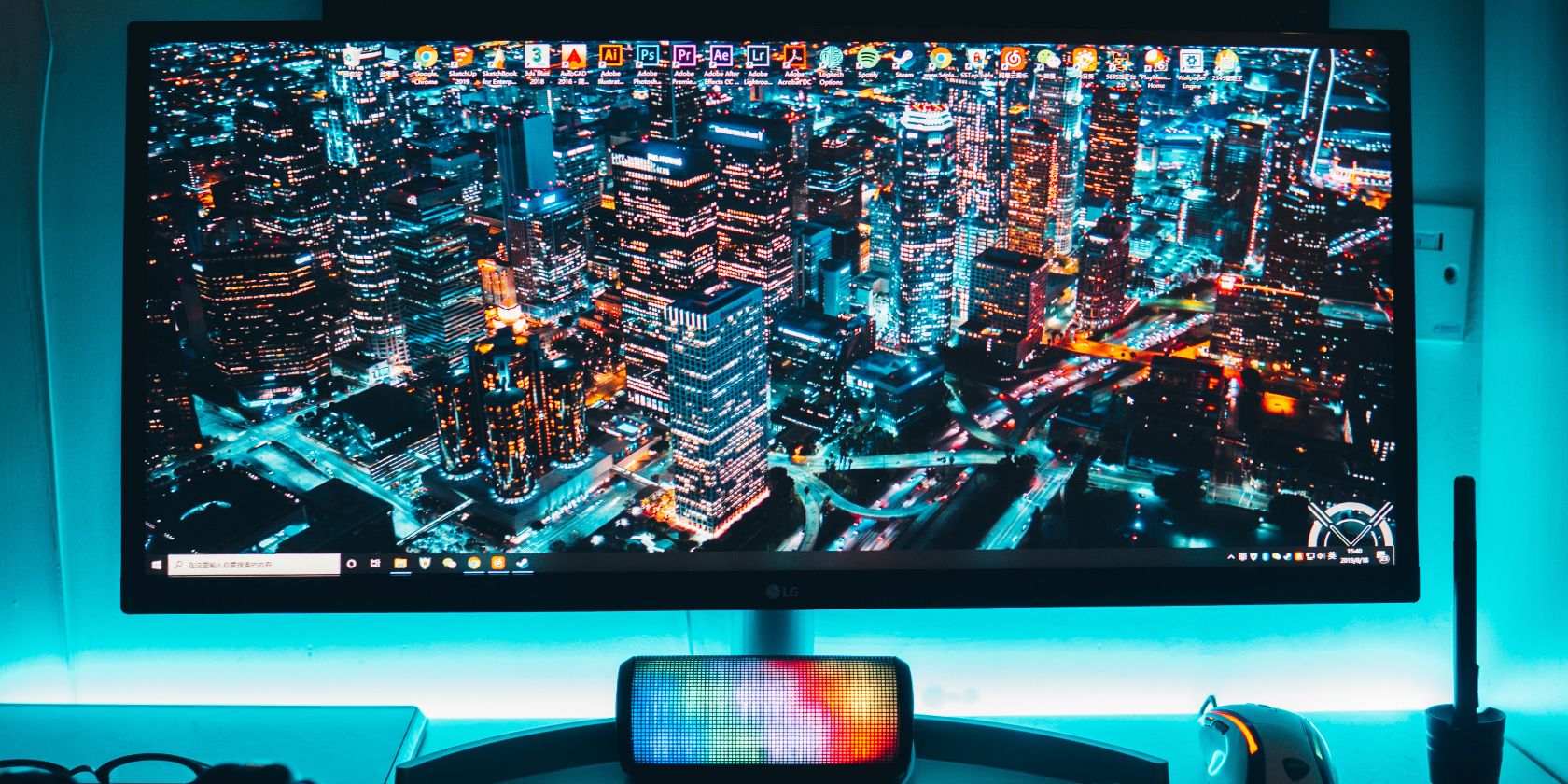When you see a phone, tablet, or TV these days, it's probably either using an LCD or an OLED display. These two display technologies have been developing over the years, and they now exist in every corner of our everyday lives.
There are a lot of differences between LCD and OLED technology, but what are these? Here is a dive into the science behind these two technologies and what makes them different from one another.
The Science Behind LCD Technology
LCD stands for "Liquid Crystal Display". The basic science behind LCD technology can be complicated because different types exist. In order to keep things simple, this article will only discuss the science behind the most basic and straightforward type of LCD: the calculator LCD.
LCD Layers
LCD panels are divided up into layers. The layers of the most basic LCD displays follow this order:
- Outside glass.
- vertical polarization filter.
- Electrode #1.
- Liquid crystal.
- Electrode #2.
- Horizontal polarization filter.
- Reflective plate.
Polarization Filters
The polarization of light plays a huge role in LCD technology. Intrinsically, light vibrates in many different areas. When light hits a polarization filter, most of it gets blocked except for light vibrating on a specific plane. So, if light hits a vertical filter, all but the light vibrating on the vertical plane gets blocked.
If light vibrating on the vertical plane hits a vertical polarization filter, it will be able to pass through without any problem. If it were to hit a horizontal filter, however, it will be completely blocked.
Electrodes and Liquid Crystals
Electrodes pass an electric current between one another, even when the medium between them isn't conductive. This is important because they have a layer of liquid crystal sandwiched between them. They push a current between each other, which affects this crystal.
When light travels through the liquid crystal, the light twists along the molecules. Once an electrical current travels through the layer, the molecules untwist and straighten out. When this happens, the light travels through unaffected.
How an LCD Works: The Full Process
To begin with, external light enters the display and hits the vertical polarization filter. Though the polarized light passes through the first electrode unphased, it gets twisted 90 degrees after hitting the liquid crystal. Now, it can pass through the horizontal filter. The light hits the reflective panel, and then bounces back through the layers and to the viewers' eyes.
When a current is introduced to the liquid crystal, the process is interrupted. The vertically-polarized light passes through the liquid crystal unchanged. This means that it gets blocked when it hits the horizontal polarization filter. This results in a black spot. That black spot would be the numbers you then see on the screen.
Smartphone and TV displays are a bit different, but ultimately, they share the same concepts. There is a flat panel that's set up behind the layers that provide the light. It gets polarized as it travels through the layers and eventually hits the red, green, and blue sub-pixels. This is how the light gets its color before it hits the viewers' eyes.
OLED Technology
OLED stands for "Organic Light Emitting Diode". One differentiator compared to an LCD is that OLEDs emit their own light. LCD displays, on the other hand, require a light source—like a backlit panel, LEDs, or ambient light.
OLED Layers
Like LCD technology, OLED is based on layers. The layers follow this order:
- Seal.
- Cathode.
- Emissive layer.
- Conductive layer.
- Anode.
- Substrate.
How an OLED Works: The Full Process
The diode is rich in electrons, which makes it negatively charged. The Anode is rich in electron holes (the lack of electrons in atoms), which makes it positively charged. When a voltage is sent between those two layers, the electrons and holes will flow towards one another.
When electrons and holes meet, they cancel each other out, releasing energy in the form of photons (light). The higher the voltage, the more photons that are produced, and thus, the brighter the light. The emitted light then gains its color by passing through the red, blue, and green color filters of the sub-pixels.
Which Technology Is Better?
Each technology has its advantages over the other. To help you decide whether you'd rather buy a device with an LCD or OLED screen, we've discussed the main benefits for each below.
The Benefits of LCD Displays
When it comes to cost, LCD wins. A lot of device manufacturers put LCD panels in their less-expensive devices, since the average price of installing an LCD is less than doing so with an OLED panel. The price will, however, differ depending on the type of LCD panel inserted.
Another win for LCD comes in the form of heat resistance. When exposed to high temperatures, pixels in LCD panels go black for a period of time. However, they fully recover to working order in little time. If exposed to the same heat, pixels on some OLED panels turn a white color and never recover.
The Benefits of OLED Displays
OLED takes the prize in terms of contrast. One main draw of OLED is that each pixel can be turned on and off individually. This means that if there's a scene where we see a lot of black elements, those pixels can shut off completely, giving a true blackness.
For LCD panels to display an image, there is a flat panel behind the layers that provides the light for the screen. In black scenes, that light still leaks through, which means that the contrast isn't as high. What also drives people away is the notorious LCD screen burn-in issue. There are, however, some methods to fix LCD and plasma screen burn-in.
OLEDs can also produce more vibrant colors. LCDs just can't match the punchy saturated colors on an OLED panel. A lot of people prefer OLED screens for that reason.
LCD vs. OLED: Is There Really a Winner?
There are two sides to this equation. It seems that LCD has more practical advantages. They are cheaper to install and they can survive better under intense heat. When it comes to lifestyle features like more vibrant colors and better contrast, OLED comes out on top. Whether you go for OLED or LCD, both technologies will go on to power displays for many years to come.




